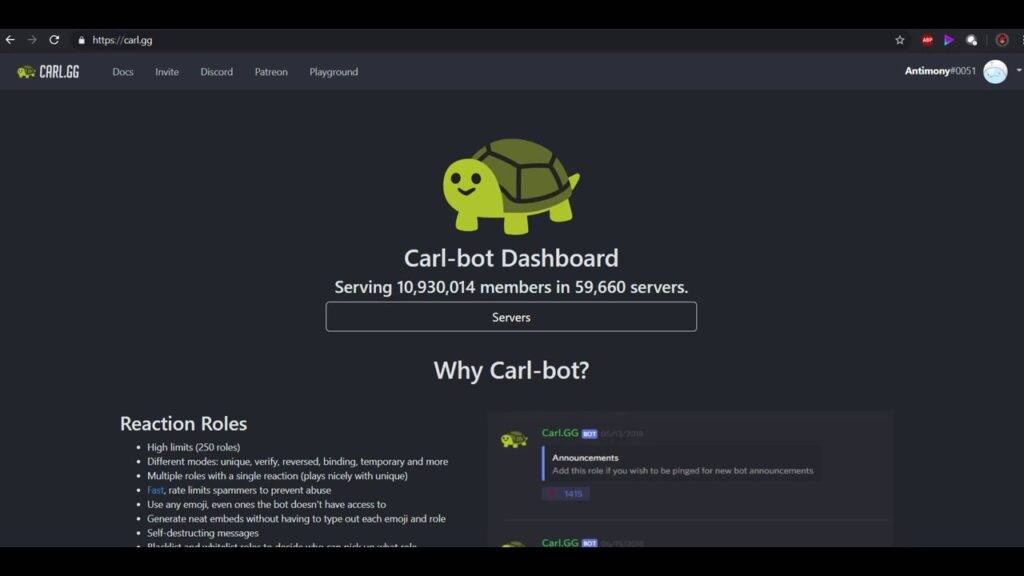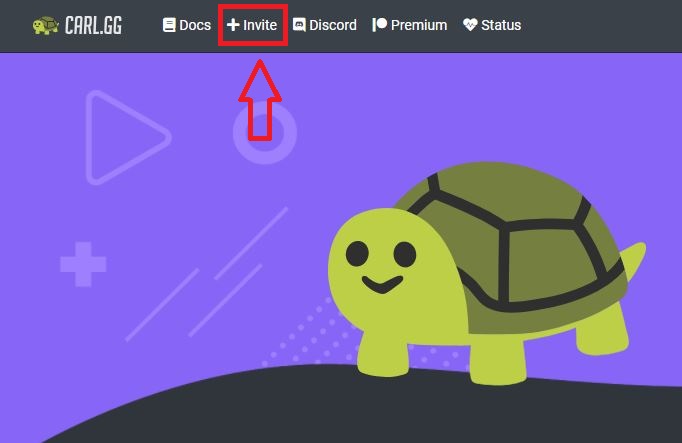


Rogers would have responded to the patient. We also couldn't just feed DaVinci Carl Roger's side of the transcript because GPT-3 would have no context and therefore no sense of how Dr. There isn't a mode where DaVinci isolates and mimics the speech of one person in a conversation. This did not pan out at all.įirst, GPT-3 does not have a "personality creator". Using the power of Flutter, CarlBot works on iPhone, Android, and all Desktop operating systems! Challenges we ran intoĪt first, we thought we could train DaVinci on the Carl Rogers transcripts and have the trained API respond to the user. The conversation between the user and DaVinci makes DaVinci tailor itself more to the user's needs as the conversation progresses.

DaVinci sees its conversation with the user as a continuation of these sessions. We scrubbed person-specific information and selected sections that demonstrated empathy and comprehension. Essentially, we created a "universal patient" out of a 110-page transcript of therapy sessions Carl Rogers had with different patients. Our favorite thing about our model is that it molds itself to the user. This response is then forwarded to the front-end and outputted to the user. The back-end uses Davinci 2, OpenAI's latest GPT-3 model, to craft a response. The front-end creates request objects out of user input and forwards them to the back-end. The chat box and user interface was built using Flutter. What it doesĬarl Rogers is a GPT-3 powered artificial intelligence that responds to your text inputs with Carl Rogers' signature authenticity and appreciation for your whole being. It was made in less than 48 hours, please do not use it for therapy.

This bot has not been thoroughly tested and evaluated for therapeutic use. We believed if even we could build something of value, it would demonstrate the power of GPT-3 to the public and create interest in this burgeoning field. We're not experts in artificial intelligence - none of us had even touched a Machine Learning project before. What if therapy was accessible to everyone? What if every person had a therapist available to them 24 hours a day? And what if this therapist was one of the great practitioners to ever live? We decided to work on a GPT-3 powered therapy bot to demonstrate what therapy of the future could look like. Many come to the conclusion that they've simply been forgotten. Patients remain on waiting lists month after month, hoping against hope that someone will have an opening. Therapy is not only expensive - in many places, it's impossible to access. Of these, less than half will receive treatment. 48 million Americans live with the burden of depression and/or anxiety every day.


 0 kommentar(er)
0 kommentar(er)
